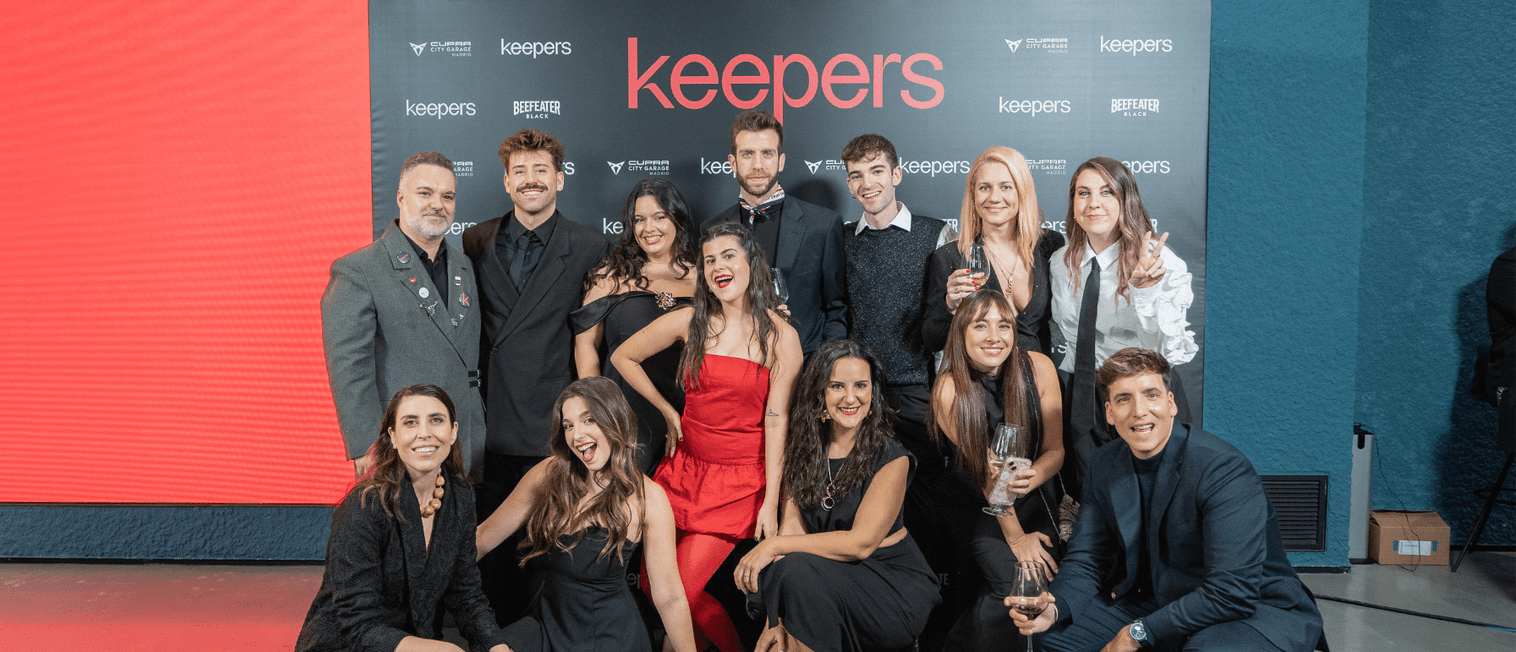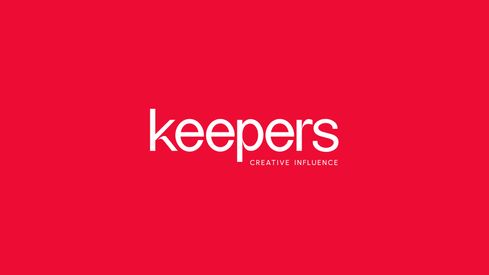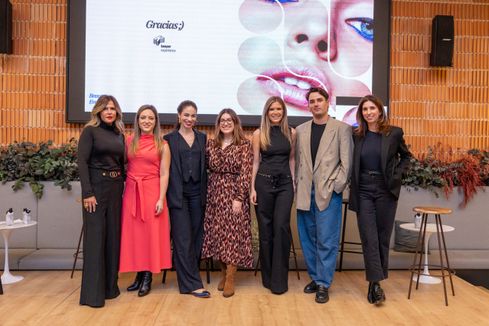
Celebrities in influencer marketing? Pros, cons and how to get the strategy right
Working with celebrities in an influencer marketing campaign may seem like a safe bet. Their reach, media power and direct association with “success” makes them very valuable profiles when it comes to positioning a brand. But not everything is so simple, and like any strategy, there are important nuances to consider.
First: what really is a celebrity?
In the world of influencer marketing there is a fine line between a celebrity profile and an influencer one, as many digital natives have become even more famous than traditional celebrities. And the opposite happens often as well, artists who made a name for themselves offline have ended up with millions of followers on social media.
For context, when we refer to celebrities, we mean people who have achieved great public notoriety for their work in traditional media or their careers outside digital platforms. All of them have one common element: most of their recognition comes from mainstream TV, press, cinema or music, and not so much from the online ecosystem as such. Let’s get into it…
The good thing: massive visibility and instant validation
One of the main advantages of working with celebrities is their power of reach. A single publication of theirs can multiply awareness in a few hours. They have a consolidated public image, and that gives the product or service they promote a very strong legitimacy. In addition, if we make the right choice, we can link our brand with that person’s values.
In addition, their presence can even attract media coverage outside social media, something that rarely happens with native digital profiles.
The not so good: dispersed audiences, lower engagement and… the ego!
However, there are a number of challenges to keep in mind:
- International audiences: Many celebrities have followers from all over the world. This may seem like a good thing, but if the campaign is for a local brand or has specific objectives within Spain –which is fairly common– it is essential to corroborate that their audience is geographically aligned with the brand’s objectives. Let’s take some real examples. Working with actors from the TV show Elite, an internationally success, implies that its followers are widely located throughout different countries, and most probably has only a small audience in Spain. But if, on the other hand, we work with a profile like Toñi Moreno, who has worked in Spain only, we can be sure we are reaching a local audience.
- Lower engagement rate: The higher the number of followers, the lower the interaction rate. This is something that is hard for brands to understand, but come to think of it, it makes a lot of sense. This is particularly true for celebrities, who, even if they have millions of fans, do not always manage to mobilize their audience directly. This is what we call diluted influence: a lot of exposure, but less action. It happens especially with profiles that had an important peak of success at some point in their career.
- Ego. This is undoubtedly the most difficult part to manage because it is not a KPI, it is not a sociodemographic figure we can measure, and we wouldn’t be able to take it into accountability in any prior profiling we do of them. We also encounter many celebrities who do not feel that they are influencers, and they may even despise the profession, but want to monetize their social profiles anyway, leading to complicated circumstances. Fortunately, it does not always happen!
Also: personality, management and adaptation to the brief
Another key element is content management. Working with celebrities implies more layers of intermediation: representatives, managers, agencies, etc. This can slow down processes and make it more difficult to adapt the post to the brand’s format or tone.
In addition, since they usually have a very curated public image, not all celebrities are willing to try new things, to show themselves vulnerable or to adapt their narrative to a specific brand (which is usually the case). This is where strategic casting comes in: it is not about selecting the top celebrity, but the one who can add value to the campaign or that best fits the brief.
At Keepers, we always carry out a previous phase of analysis in which we evaluate not only the scope of the celebrity, but also their flexibility, their previous relationship with other brands and, above all, their alignment with the client’s brief. This also includes previous meetings with representatives to understand if and how they are willing to collaborate.
Our vision at Keepers: celebrities yes, but with a previous significant profiling
In summary, working with celebrities can be a very powerful tool if the goal is visibility, awareness or repositioning a brand, considering the reputation a well-known figure brings to the table.
Nevertheless, it must be very clear that:
– Not all celebrities are the same or serve the same purpose.
– The number of followers does not guarantee a successful campaign.
– Adaptation to the brief and communication with your team are as important as the reach, or more!
At Keepers, we believe that it is not about saying “yes” or “no” to celebrities, but about knowing when, how and with who to work. And that can only be achieved with a well-thought-out selection strategy process, accurate figures regarding their audience and honest communication between all parties.


